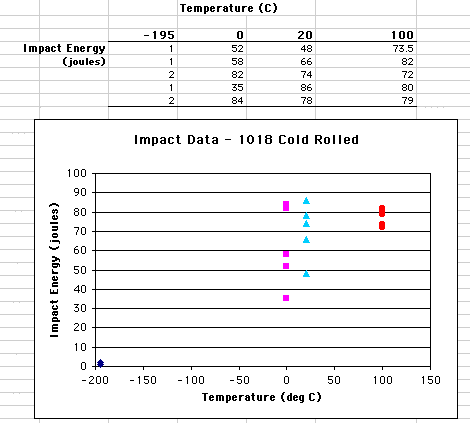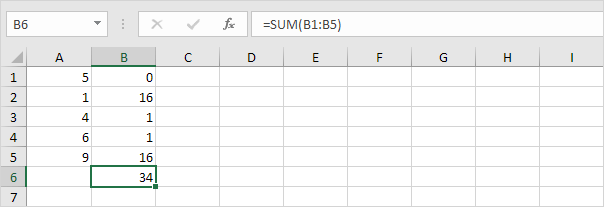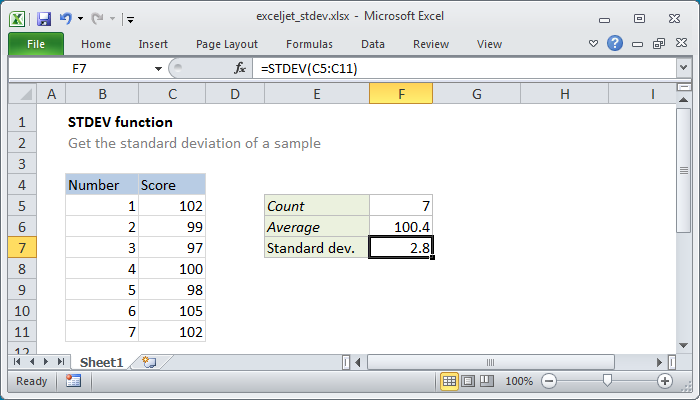

- #Excel average and standard deviation graph how to
- #Excel average and standard deviation graph manual
The screen below shows how to manually calculate standard deviation in Excel.Ĭolumn D calculates Deviation, which the value minus mean.

#Excel average and standard deviation graph manual
Manual calculations for standard deviation In these cases, Bessel’s correction may not be useful. On the other hand, a large enough sample size will approach the statistics produced for a population. You can select any number, but keep that in mind, more intervals mean more precision.

This also requires a determination of the interval points. Interval value for normally distributed data points. Remember that a small sample is not likely to be a good approximation of a population in most cases. 3-standard deviation limits for before and after mean. If you have sample data, and only want standard deviation for the sample, without extrapolating for the entire population, use the STDEV.P function.If you have an appropriately large sample and you want to approximate standard deviation for the entire population, use the STDEV.S function.If you have data for an entire population, use STDEV.P.When should you use STDEV.S, which includes Bessel’s correction? It depends. The STDEV.S function uses Bessel's correction.In the context of Excel and standard deviation, the key thing to know is: When working with a sample population, Bessel's correction can provide a better estimation of the standard deviation. It appears in formulas as n-1, where n is the count. However, when you calculate statistics for a sample, results are estimates and therefore not as accurate.īessel's correction is an adjustment made to correct for bias that occurs when working with sample data. When you calculate statistics for an entire population (mean, variance, etc.) results are accurate because all data is available. IF the data is just a sample, and you want to extrapolate to the entire population, you can use the STDEV.S function to correct for sample bias as explained below. If the data represents the entire population, you can use the STDEV.P function. To calculate standard deviation in Excel, you can use one of two primary functions, depending on the data set. Note: Microsoft Excel recommends using the new VAR.S function.Standard deviation is a measure of how much variance there is in a set of numbers compared to the average (mean) of the numbers. VAR and VAR.S produce the exact same result. Take the square root of this result to find the standard deviation based on a sample.ģ. Note: you already knew this answer (see step 1 under STDEV.S). See screenshot: If you are using Excel 2013, go to the Choose the chart type and axis for your date series: box in the Change Chart Type dialog, click the Average box and specify one line style in its drop down list, at last click the OK to exit. The VAR.S function below estimates the variance based on a sample. In the Change Chart Type dialog, select a line type you want, and click OK to close the dialog. Take the square root of this result to find the standard deviation based on the entire population.Ģ. Note: you already knew this answer (see step 5 under STDEV.P). The VAR.P function below calculates the variance based on the entire population. Sometimes it's easier to use the variance when solving statistical problems.ġ. Variance is the square of the standard deviation. Note: why do we divide by n - 1 instead of by n when we estimate the standard deviation based on a sample? Bessel's correction states that dividing by n-1 instead of by n gives a better estimation of the standard deviation. Fortunately, the STDEV.S function in Excel can execute all these steps for you. Repeat steps 1-5 above but at step 5 divide by n-1 instead of N.ģ. The STDEV.S function uses the following formula: You only have the test scores of 5 students. For example, you're teaching a large group of students. The STDEV.S function (the S stands for Sample) in Excel estimates the standard deviation based on a sample.

Fortunately, the STDEV.P function in Excel can execute all these steps for you. Divide by the number of data points (N = 5).ħ. For each number, calculate the distance to the mean.ģ. The STDEV.P function uses the following formula: The entire population consists of 5 data points. You have the test scores of all students. For example, you're teaching a group of 5 students. The STDEV.P function (the P stands for Population) in Excel calculates the standard deviation based on the entire population. As a result, the numbers have a high standard deviation. The numbers below also have a mean (average) of 10.Įxplanation: the numbers are spread out. As a result, the numbers have a low standard deviation.ģ. The numbers below also have a mean (average) of 10.Įxplanation: the numbers are close to the mean.


 0 kommentar(er)
0 kommentar(er)
